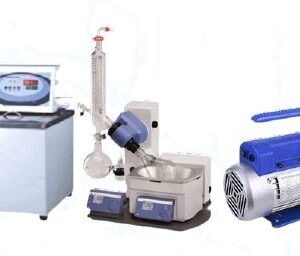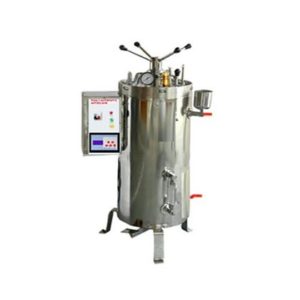MICROSCOPE
MAKE DINESH SCIENTIFIC
DESCRIPTION
Because they allow researchers and scientists to examine and examine tissues, cells, and other biological material at a microscopic level, microscopes are essential tools in pathology and medical science. Research and pathology microscopes are made to specifically address the needs of the medical, biological, and allied sciences sectors. The following are some essential elements of using microscopes in research and pathology settings:
LIGHT MICROSCOPES:
- The most popular kind of microscope used in pathology and research are brightfield microscopes. They are useful for seeing stained specimens and offer a bright background.
PHASE-CONTRAST MICROSCOPES:
- When viewing translucent or unstained materials, such living cells, phase-contrast microscopy is especially helpful. It improves these specimens’ contrast without the requirement for staining.
FLUORESCENCE MICROSCOPES:
- Research uses fluorescence microscopy extensively. It entails labeling certain molecules or structures within cells with fluorescent dyes or proteins to enable fine-grained imaging of individual cell components.
PATHOLOGY DIGITAL:
- Digital imaging technology is used in the collection, organization, and analysis of pathology data in digital pathology. Pathologists can see and evaluate digital slides using whole-slide imaging, which facilitates remote diagnosis and teamwork.
MECHANIZED MICROSCOPY:
- Microscopy technologies are becoming more and more automated, enabling higher throughput analysis and more productivity in pathology and research labs.
RESEARCH USES:
- In several scientific fields, such as cell biology, microbiology, neuroscience, and developmental biology, microscopes are essential instruments. The structure and operation of cells, tissues, and organisms are studied by researchers using microscopes.
TECHNICAL DETAILS:
MODEL |
DS-MS-40 |
| Microscope Type | Inverted microscope with brightfield and phase contrast imaging system |
| Objectives | Plan Achromat Phase objectives: 10X PH, 20X PH, 40X PH |
| Eyepiece and Binocular Head | · 10x/20 eyepiece with 50-75 mm interpupillary distance (IPD
· Binocular head with the facility to attach a camera, · providing one additional head or port |
| Optical System | Infinity-corrected optical system with brightfield and phase contrast capabilities. |
| Mechanical Stage | Scratch-resistant mechanical stage with object guide, suitable for flasks, dishes, and multi-well plates |
| Revolving Nosepiece | 4-position revolving nosepiece. |
| Condenser | Condenser with numerical aperture of 0.3 and a 50 mm working distance |
| Transmitted Light | High-power LED transmitted light with auto-off facility |
| Upgradability for GFP Expression Visualization | Facility for on-site upgradability for GFP expression visualization. |
| CAMERA | |
| Camera | CMOS camera with 5-megapixel resolution, suitable for publication-quality color images. |
| Digital Workstation and Software | · Microscope supplied with a compatible digital workstation
· Image analysis software with features such as annotation, scale bar, file management, 2D viewer, process/adjustment · Three-digit data management with reports generation · Upgradable to 3D and GPU-based deconvolution module · Capability to support network licenses hosted on a central server. |














Reviews
There are no reviews yet.